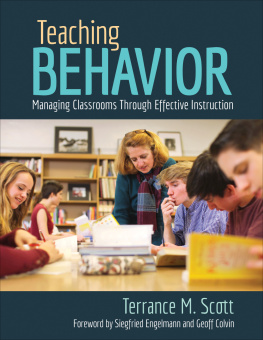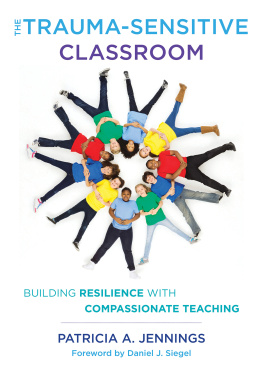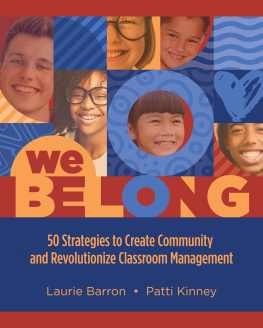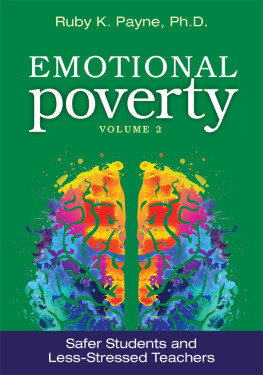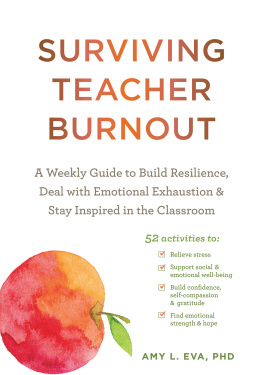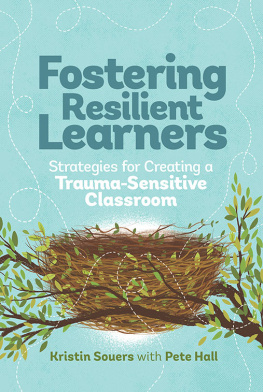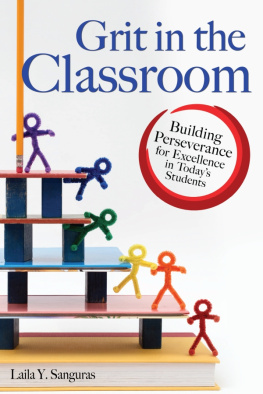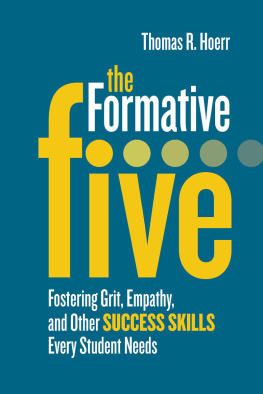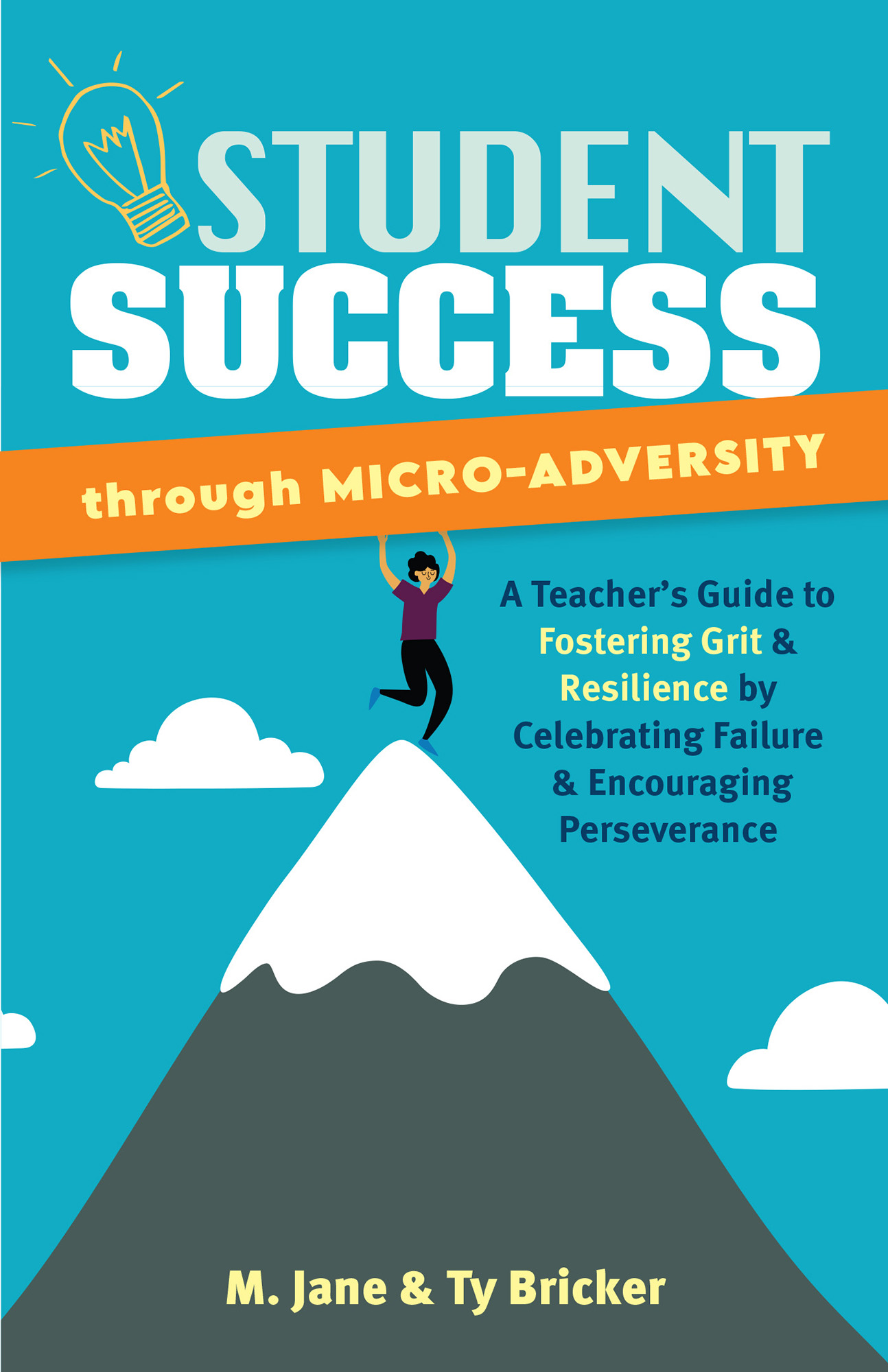Contents
Guide
Student Success Through Micro-Adversity
A Teachers Guide to Fostering Grit and Resilience by Celebrating Failure and Encouraging Perseverance
M. Jane & Ty Bricker

INTRODUCTION
If youre reading this book, youve probably noticed that its more and more difficult to understand what motivates and inspires students. You may be a teacher, a team leader, a program manager, a homeschooling parent, or an educational administrator. Whatever your role, you are likely charged with teaching and facilitating the development of a young person in your life.
This is a unique book. It may not always feel comfortable or simple, because well describe hard things to youbut this is where the richness and reality of learning and development come into focus. This book is for people who want to be a part of overcoming obstacles in the name of positive change, and those people are almost always, formally or informally, teachers.
Learning is inherently transformational. Every learner has ended up where they arein a classroom, an army base, a summer camp, a trade school, an apprenticeshipbecause they need, want, or are required to change. For children, adolescents, and young adults, who are in a critical time of development and identity negotiation, it cant be emphasized enough how vital the roles of mentor, teacher, and leader are. There is a significant issue that is continually tripped over and often avoided, hiding under the standardized tests and common core competencies woven into American public schools: our students are demotivated, uninspired, disconnected, and disinterested in their own education and training. Low academic achievement, high dropout rates, poor investment in their future, and behavioral challenges in the classroom are symptoms of a greater disease: the inability or unwillingness to do hard things.
Its important to point out that youth are capable of doing hard things. In fact, most young people are doing hard things every daybut when it comes to traditional modes of learning and typical facets of success, they are checking out, exploding, or shutting down. If youre in charge of any young persons education or development, you see this.
This guide is here to help.
Within this guide, you will find two distinct perspectives that merge into a practical application of learning theories and development. Behaviorist principles within physically demanding sectors like sports and the military are combined with humanistic psychology and socioemotional learning to address what we have discovered to be critical aspects of resiliency and motivation for modern adolescents and young adults: community, empowerment, and purpose. Its reasonable to term this book as humanistic pedagogy, because were all about addressing the whole studentfrom the internal processes of stress and executive function, to the physical self that needs to move and regulate, to the environment of the classroom the student is sitting in. All of it relates to creating a learning experience that invests students beyond carrots and sticks. A teacher is best serving students when learning is the goal, not their approval.
This guide includes concepts and ideas, explanations about how those relate to learning, and many examples from sports, the military, social work, and psychology. There are also ways you can apply those examples and structures for similar outcomes in your own learning environments. Weve developed a few words and phrases that well use throughout the book that help communicate specific ideas and theories. Micro-adversity is the placing of small, intentional barriers to success in the classroom. Imagine micro-adversity as intentionally leaving out a puzzle piece in a group project, or giving slightly different directions to each group member. This insertion of minor inconveniences generates critical thinking, teamwork, and problem-solving. Micro-adversity also leads to micro-successes, which are small wins achieved through problem-solving and critical thinking that allow students to reflect on what worked well and use it moving forward. This serves a double duty: it also retrains brains that are accustomed to giving up, exploding, or shutting down when faced with adversity. As with training a muscle, training neural pathways can be carefully and intentionally accomplished. Well also talk about survival orientation and learning orientation. These are states that a students brain occupies depending on stress levels and the ability to manage that stress and make deft cognitive shifts. Survival-oriented students explode, shut down, avoid, and ultimately revert to their survival brain mechanism of staying safe by distancing from threats. Learning-oriented students accept feedback, see growth as a goal, make mistakes in the interest of learning from them, think critically, and, eventually, actually like doing hard things because they know they can.
This guide is based on research that shows todays students are likely to have developed in environments that are stressful, either from maltreatment, poverty, or loss of family through incarceration, death, and/or addiction. The United States incarcerates its citizens at an astronomical rate, disrupting communities and families and compounding the effects of poverty, which often lead to increases in rates of criminality, recidivism, and generational incarceration. While this book is not a commentary on sociopolitics in America, it is certainly an attempt to capture relevant educational and social systems and practices that directly influence classroom instruction, student learning and achievement, and the increasingly critical development of resilience, grit, and motivation to learn. We recognize that not all students are from environments of chronic or toxic stress. These strategies work well with students who are simply demotivated, bored, overly invested in social media, or otherwise disengaged or apathetic in classroom settings. You might think that not all your students are chronically stressed, or that its a small number of students. In public schools, by twelve years of age, over 33% of students in any given classroom have enough childhood adversity and chronic stress to exponentially influence the likelihood that they will have heart disease, risky behaviors, interaction with the criminal justice system, and mental illness challenges. Poverty is the most likely indicator of increased numbers of adverse, traumatic, and stressful experiences. Academics folds right into that, as well: 26% of kids who cant read proficiently by third grade and who experience even one year of being poor dont graduate on time. Thats around four times more than their counterparts. If you teach in a public school, or you live in an area or district with higher numbers of free and reduced lunch, the 33% of your classroom jumps exponentially. Increases in unemployment rates, public school closures, health crises, and other societal challenges only feed the statistics further: kids are chronically absent or tardy, parents dont have time or energy to parent well, and maltreatment and neglect go largely unnoticed until behavior becomes glaring and requires intervention.


